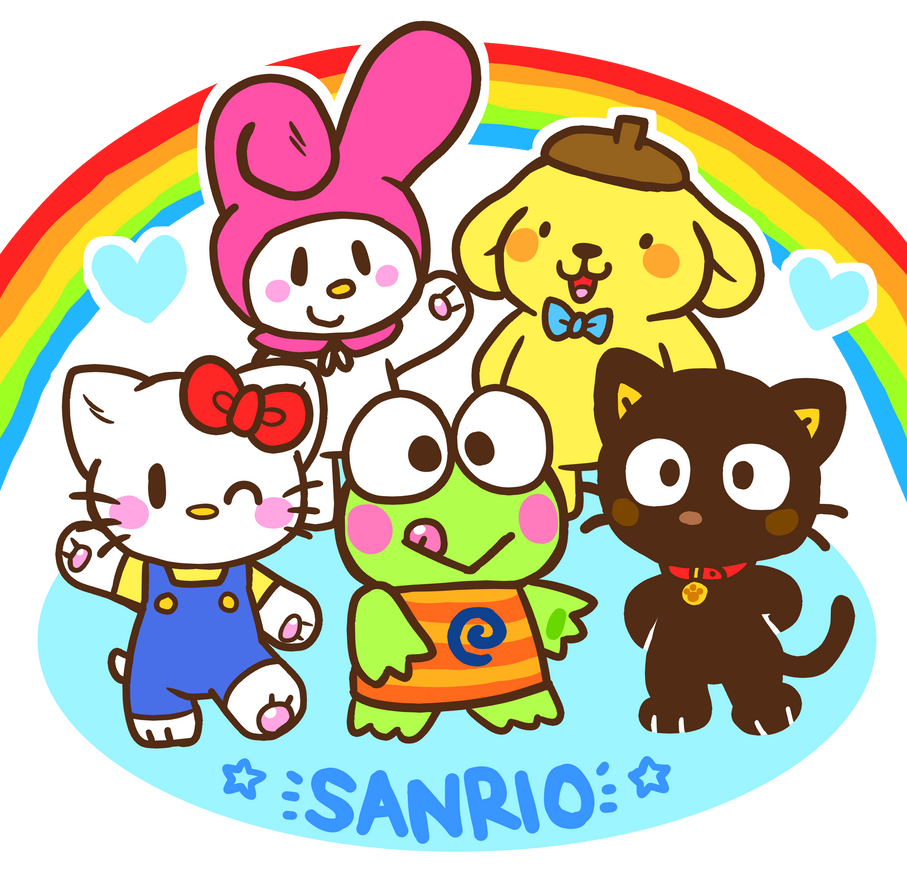With great pleasure, we will explore the intriguing topic related to Welcome to the Wonderful World of Drawing!. Let’s weave interesting information and offer fresh perspectives to the readers.
Introduction
Welcome to the Wonderful World of Drawing!

Hey there, future artists! I’m so excited to be your guide on this creative journey. We’re going to explore the amazing world of drawing, and I’ll teach you all the tricks of the trade. But before we dive in, let me ask you a question:
What are you most excited to draw?
Is it a fluffy cat, a roaring dinosaur, or maybe a magical unicorn?
Drawing is like magic, you know? You can bring your imagination to life on paper with just a pencil and a little bit of practice.
Now, you’re here to learn how to draw for a special coloring book about cancer. This is a really important project, and I’m proud of you for wanting to help others.

Can you tell me a bit more about the coloring book? What kind of drawings are you hoping to create?
Let’s start by understanding the benefits of drawing:
1. Drawing is a superpower for your mind:
- It helps you relax: Drawing is like a magic potion for your brain. It takes your mind off worries and helps you feel calm and peaceful.
- It boosts your creativity: Drawing lets your imagination run wild! You can create anything you can think of, from silly monsters to beautiful landscapes.
- It sharpens your focus: When you draw, you have to pay attention to details, and that makes your brain work harder and smarter.

2. Drawing is a powerful tool for communication:
- It helps you express yourself: Sometimes, words aren’t enough to say what you feel. Drawing can help you share your emotions and thoughts in a visual way.
- It connects you with others: Sharing your drawings with others can help you build friendships and share your ideas.

3. Drawing is a fun way to learn:
- It helps you understand the world around you: Drawing helps you observe things more closely and learn about shapes, colors, and textures.
- It makes learning fun: Drawing can make learning about science, history, or even math more exciting and engaging.

Now, let’s get started with the basics!
Ready to learn how to draw? What kind of drawing skills do you want to learn first?

Drawing Basics: The Building Blocks of Art
We’ll start with the basics, the foundation of every amazing drawing. Think of these like the ingredients for a delicious cake – you need them all to make something truly special.
1. The Magic of Lines:
- Lines are the building blocks of every drawing. They create shapes, define edges, and add texture to your artwork.
- Start by practicing different kinds of lines:
- Straight lines: Use a ruler for perfect lines, or try drawing them freehand.
- Curved lines: Practice drawing circles, ovals, and wavy lines.
- Zigzag lines: Have fun creating interesting patterns with zigzag lines.
- Dashed lines: Use short, broken lines to create outlines or add details.
- Experiment with different pressures: Press lightly for thin lines, and press harder for thicker lines.
2. The Wonderful World of Shapes:
- Shapes are like the building blocks of everything you see. From simple squares and circles to more complex shapes like triangles and stars, they make up the world around us.
- Practice drawing basic shapes: Start with simple shapes like squares, circles, triangles, and rectangles. Then, try combining them to create more complex shapes.
- Don’t be afraid to experiment: Draw shapes of different sizes, colors, and textures.
3. The Art of Perspective:
- Perspective is what makes your drawings look realistic. It’s how we show things getting smaller as they get farther away.
- Start with simple perspective techniques:
- One-point perspective: Imagine you’re looking down a long road. The lines of the road seem to meet at a point in the distance.
- Two-point perspective: Imagine you’re looking at a building. The lines of the building seem to meet at two points on the horizon.
- Practice drawing objects in perspective: Start with simple objects like boxes and then move on to more complex objects.
4. The Power of Shading:
- Shading is what gives your drawings depth and dimension. It’s like adding light and shadow to your artwork.
- Start with simple shading techniques:
- Hatching: Use parallel lines to create different shades of gray.
- Cross-hatching: Cross your hatching lines to create darker shades.
- Blending: Use your finger or a blending tool to smooth out your shading.
- Practice shading different shapes: Start with simple shapes like spheres and cubes, and then move on to more complex objects.
5. The Magic of Color:
- Color can add life and vibrancy to your drawings. It can also help you express different emotions.
- Start with basic color theory:
- Primary colors: Red, yellow, and blue are the primary colors. You can mix them to create all other colors.
- Secondary colors: Orange, green, and purple are the secondary colors. You can mix them by combining two primary colors.
- Tertiary colors: Tertiary colors are created by mixing a primary color with a neighboring secondary color.
- Experiment with different color combinations: Try mixing colors to create your own unique palettes.
Now, let’s get creative! What kind of drawing would you like to try first?
FAQs: Answering Your Drawing Questions
1. What if I’m not good at drawing?
Don’t worry, everyone starts somewhere! The key is to practice and have fun. Drawing is a journey, not a race. Just keep practicing, and you’ll see how much you improve over time.
2. What materials do I need to draw?
You don’t need fancy materials to get started. All you need is a pencil, paper, and an eraser. But if you want to experiment with different techniques, you can try colored pencils, markers, or even paint.
3. How can I draw realistic things?
Practice, practice, practice! The more you draw, the better you’ll get at capturing the details of the real world. Also, try observing things closely and paying attention to shapes, shadows, and textures.
4. What are some good drawing ideas for a cancer coloring book?
Here are a few ideas:
- Draw a person being strong and brave.
- Draw a colorful flower blooming in a garden.
- Draw a happy family celebrating life.
- Draw a beautiful sunset over a peaceful landscape.
5. How can I use drawing to help people with cancer?
Your drawings can be a source of comfort and inspiration for people going through cancer. They can help people feel less alone and remind them that there is beauty and hope in the world.
Remember, your drawings are a gift. They can bring joy, comfort, and inspiration to others. Keep drawing, and keep sharing your creativity with the world!

Thus, we hope this article has provided valuable insights into Downloads Welcome to the Wonderful World of Drawing!. We hope you find this article informative and beneficial. See you in our next article!
 cryptonias.my.id News Bisnis Technology Tutorial
cryptonias.my.id News Bisnis Technology Tutorial